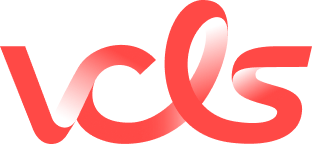成本效益
成本效益
成本效益是指治疗性或预防性干预措施的成本与其效果的相关衡量标准的比较。
成本效益比是医疗产品开发者与卫生技术评估机构之间进行价格和报销谈判的基础。
- 为了确保获得最优的报销价格和比率,开发者必须对其产品或疗法进行成本效益分析,包括在经济学研究中衡量引入其技术的影响。
- 在成本效益分析中,必须区分直接成本(产品、工作人员时间、设备、运输)和间接成本或生产力成本(护理、生产损失),以及无形资产(产品带来的痛苦和伤害、不不良反应),这些无形资产虽然难以量化,但同样需要被纳入成本考量。最常用的指标是质量调整生命年(QALY)。
欧盟的成本效益
- 成本效益比与监管机构批准产品上市时所使用的风险效益比相反。这是产品在获得监管机构的上市批准并进入市场之前面临的第二大障碍。
- 欧洲最具影响力的HTA机构是英国的NICE(国家健康与护理卓越研究所)、法国的HAS(法国卫生管理局)和德国的IQWiG (Institut für Qualität und Wirtschaftlichkeit im Gesundheitswesen)。
